Iceland attracts tourists from all over the world with its unique and "surreal" beauty.
Snow-capped mountains, ice waterfalls, magical aurora. Besides, ice caves are also one of the top attractions for tourists.
Ice caves in Iceland are formed when water flows through a glacier, melting the ice and leaving behind a cave or passageway in the glacier. The ice caves in Iceland are not only large but also magical in color, with a pure, transparent texture that is mesmerizing. The special structure of the ice above absorbs most colors of light, except blue. That is what makes the caves appear so captivatingly turquoise.
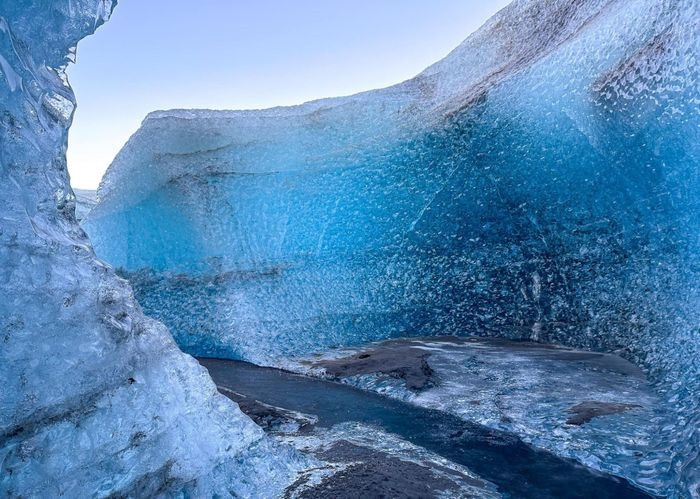
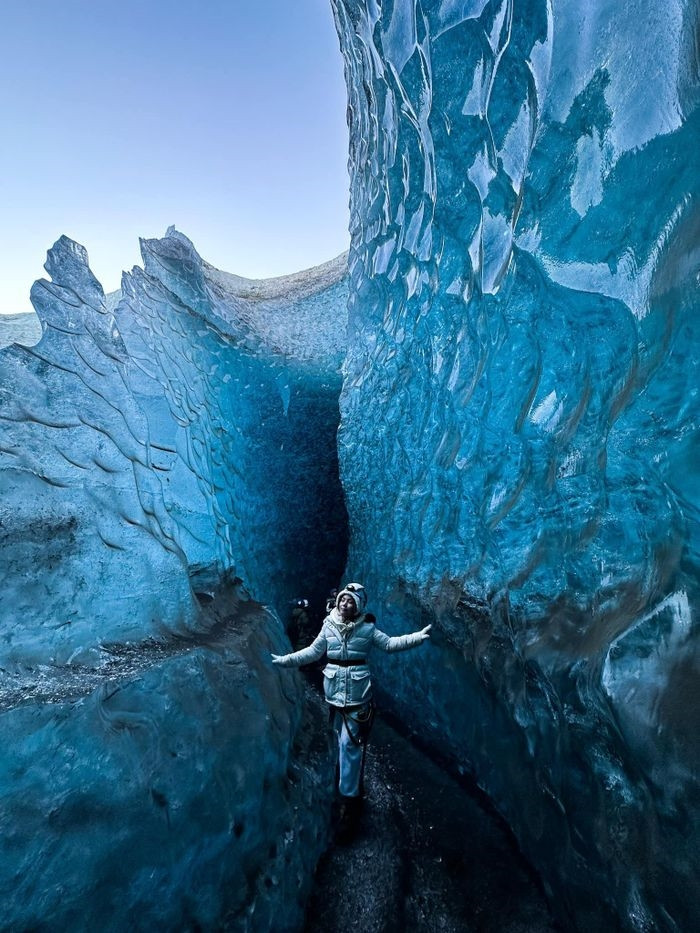
The Blue Ice Cave can only be visited on extremely cold days. At this time, the low temperature makes the ice more solid and firm, making it safe for visitors to visit. During the journey in the ice cave, visitors will hear cracking sounds due to the movements of the glacier.
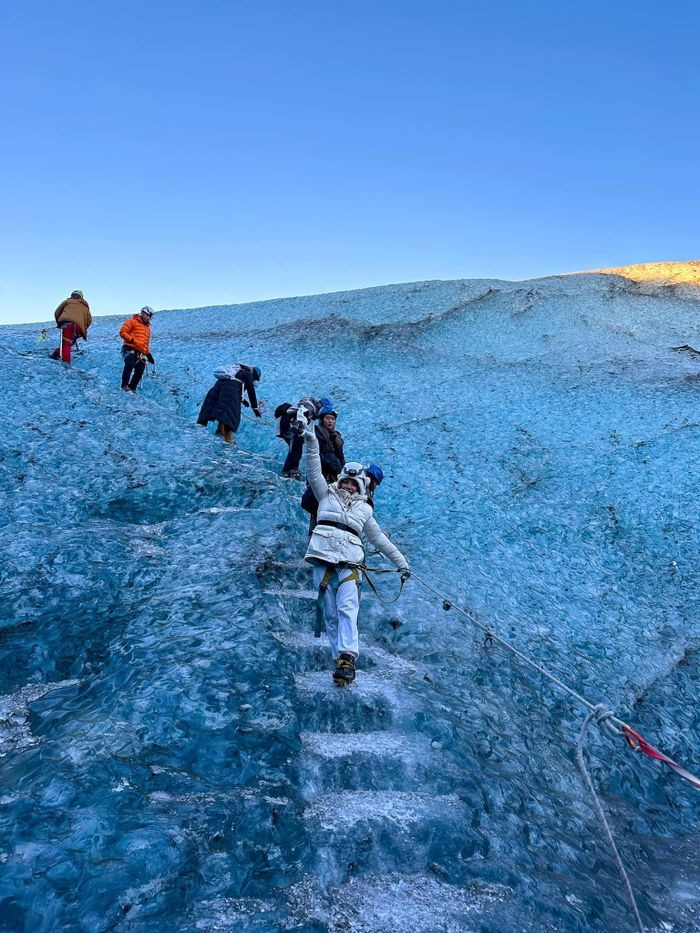
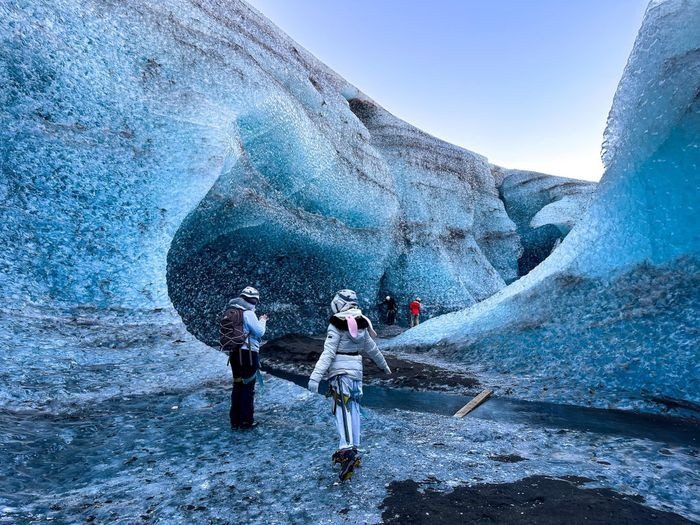
Some caves even have more than one entrance, making them look like tunnels or regular caves. All ice caves have their own unique nooks, crannies, colors, and features.
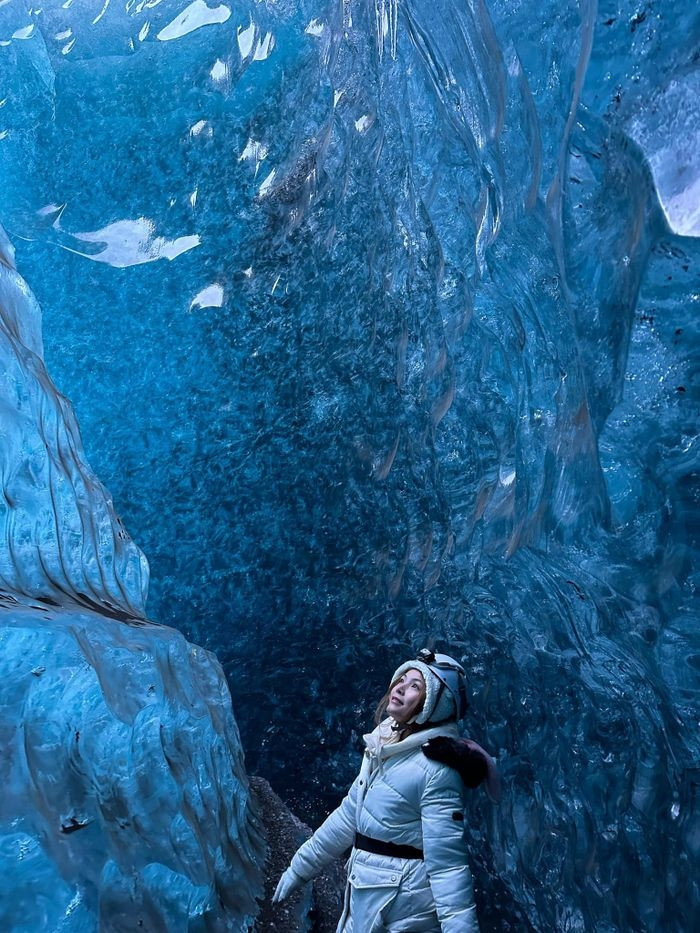
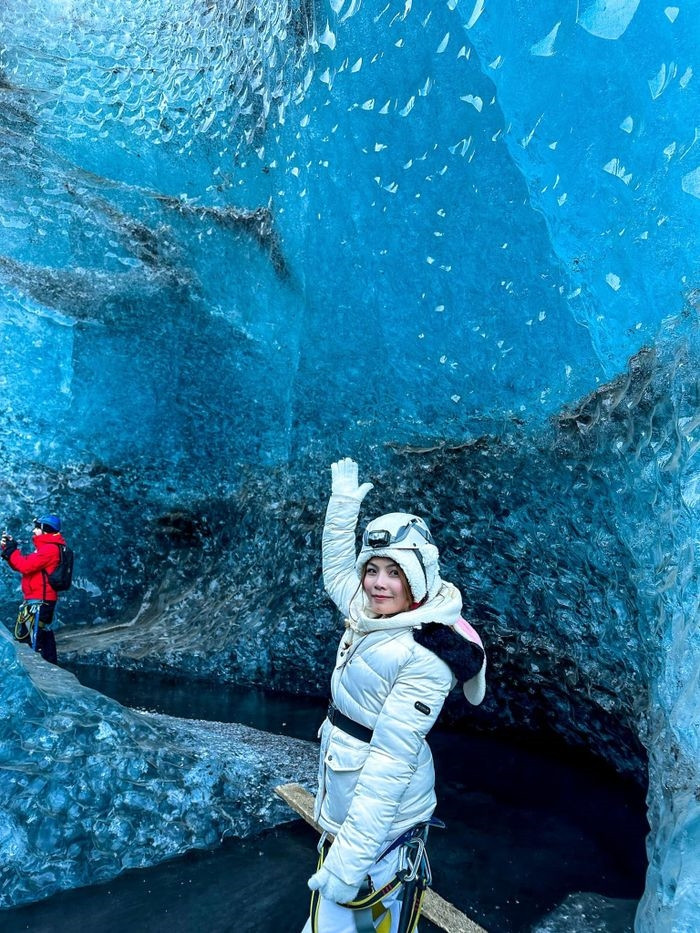
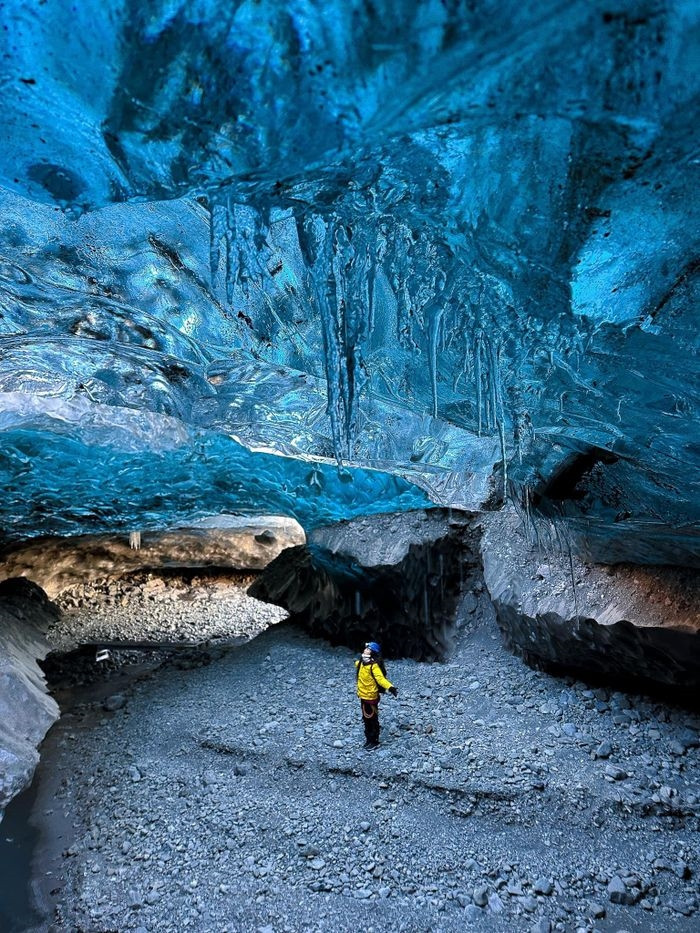
Vatnajökull is the largest glacier in Iceland, located in the southeast of the island, covering more than 8% of the country's area. Spanning over 8,000 square kilometers, the Vatnajökull glacier has many large and small caves with thick walls and secret tunnels.
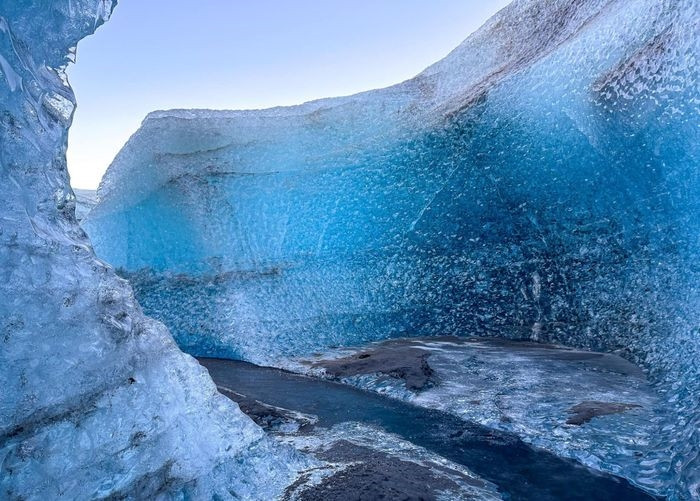
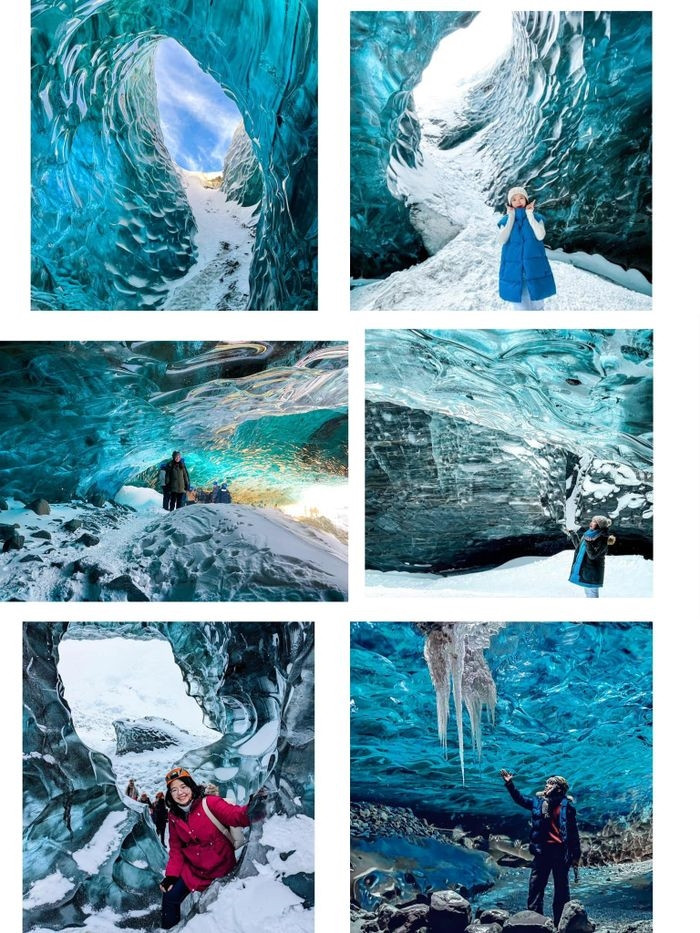
The ice cave is over 100m deep and is surrounded by undulating ice walls. As you enter the cave, you will be captivated by the sparkling blue, silver and sometimes pearlescent lights. The ice blocks form unique architectural structures with winding, towering and mesmerizing shapes. You can also observe the glacier gently winding through the cave.
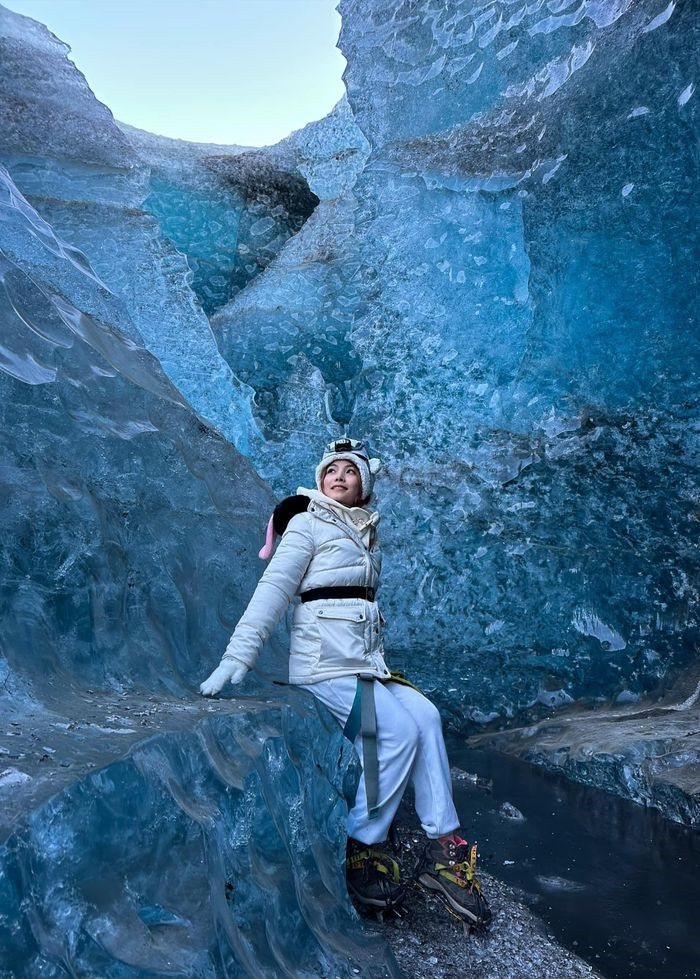
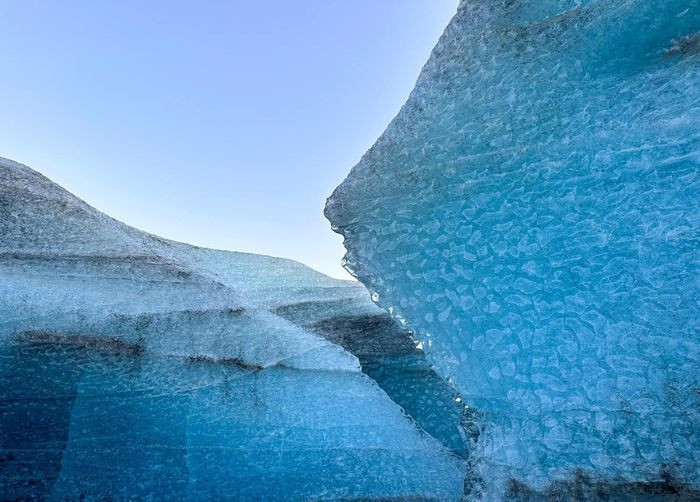
Admiring this beautiful landscape with your own eyes will make visitors feel like they are lost in a fairy world.
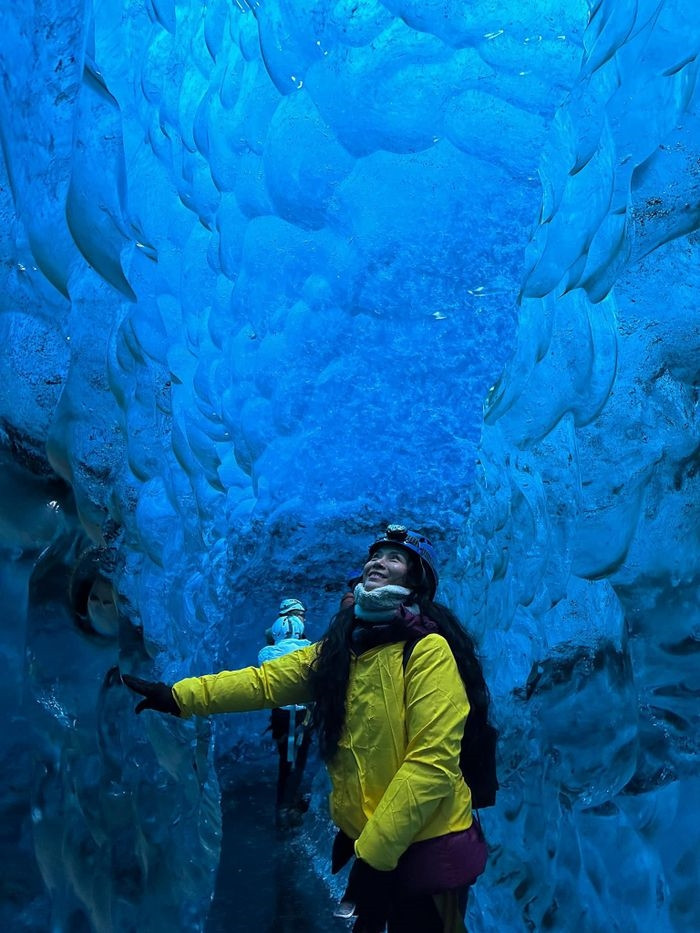
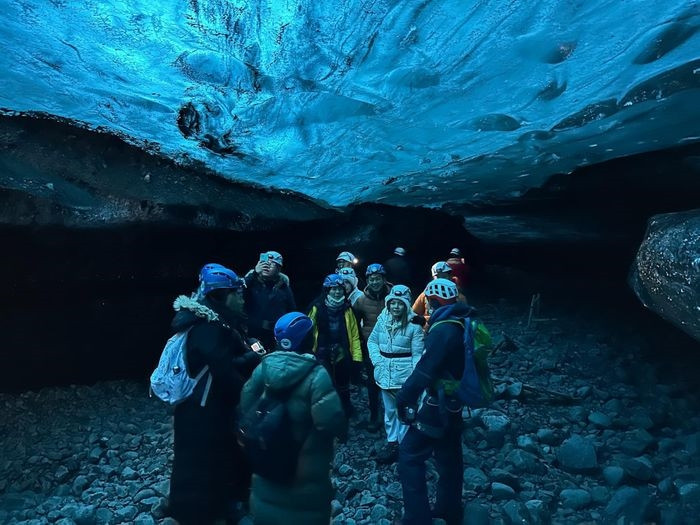
During the winter, a stable and safe ice cave will still have some changes, beautiful ice walls appear and they are constantly growing. Cold weather will cause the ice to harden and shrink, while warm weather will cause the snow and ice on the surface to melt a little. These changes make the caves more beautiful and interesting.
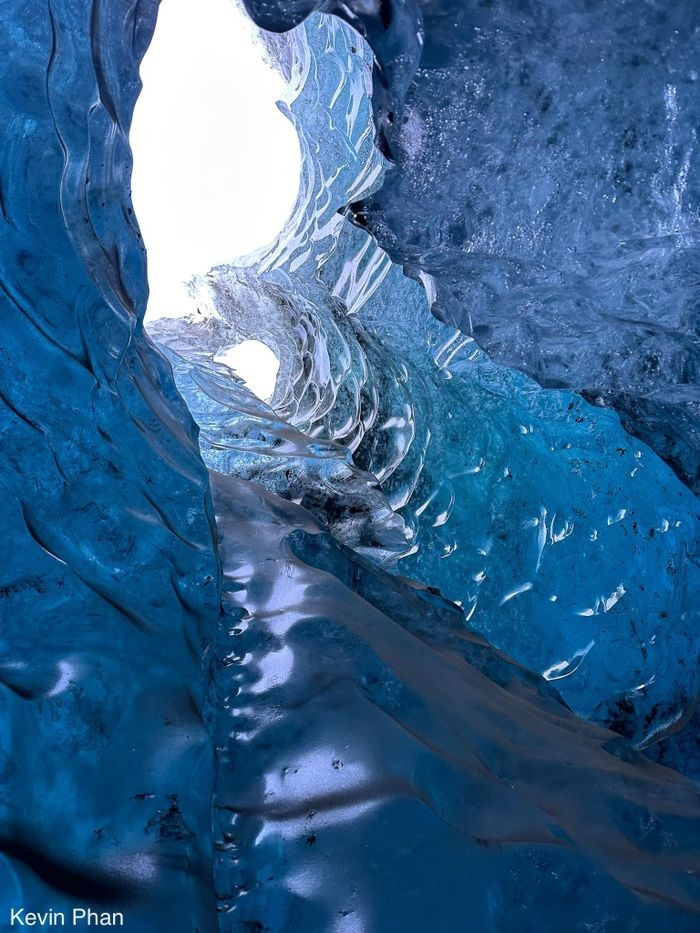
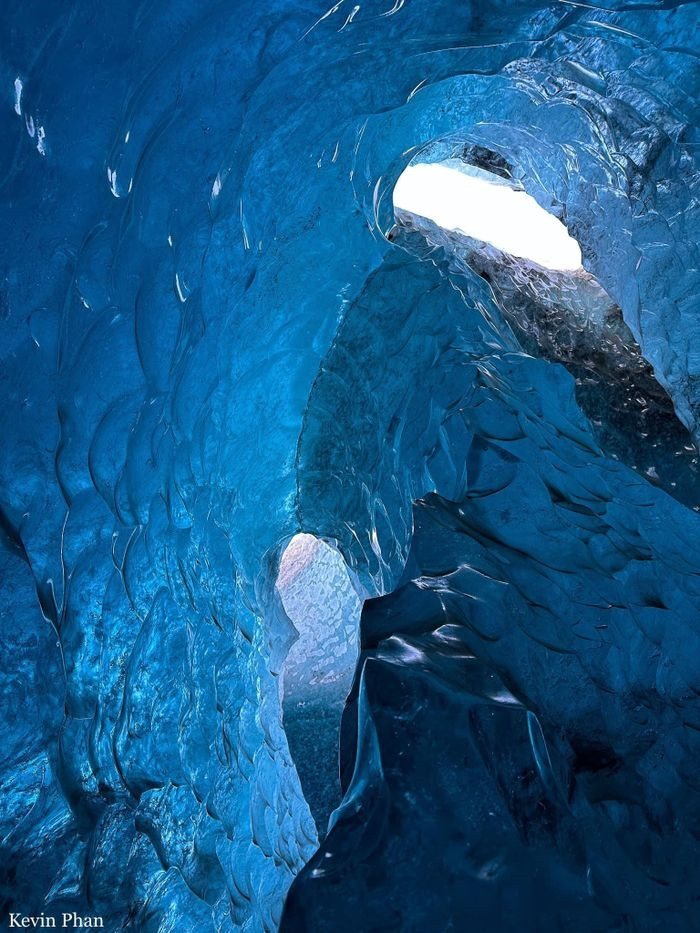
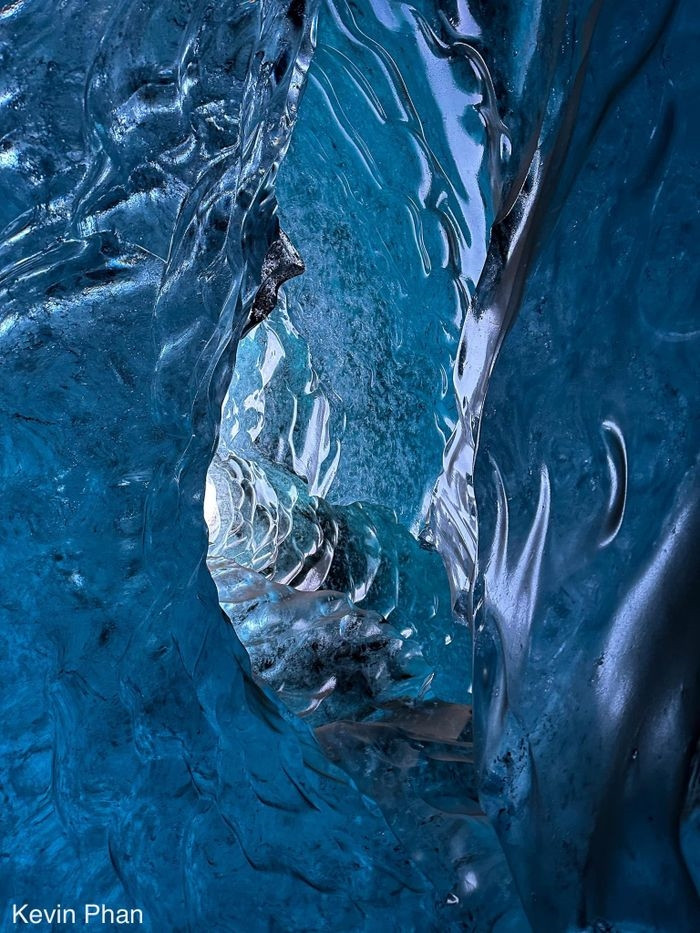
“If you travel to Iceland in the winter, the Blue Ice Caves are a must-see. There may be thousands of ice caves in Iceland, but most of them are inaccessible due to their location or the unsafe conditions inside and around the ice caves. Every year, experts have to find new caves due to the rapid melting of ice, which means each ice cave is unique,” shared Kevin Phan, a tour guide in Iceland.
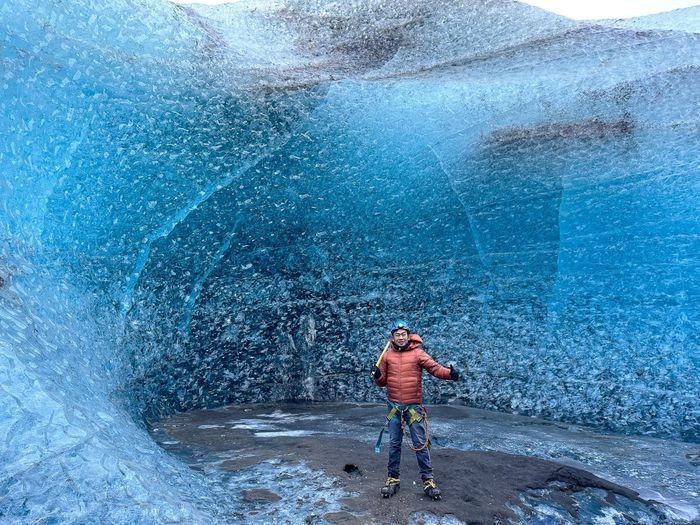
When visiting the ice caves, visitors should prepare warm clothes. The cold here is an indispensable part of the journey to explore the Vatnajökull glacier.
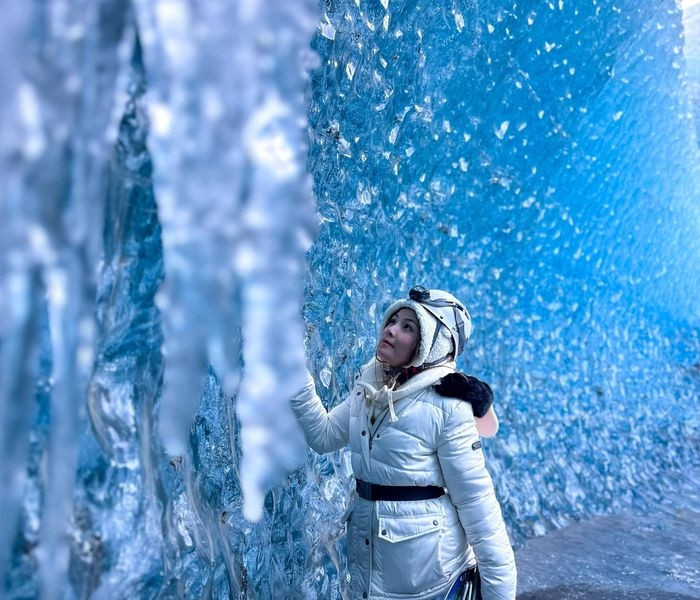
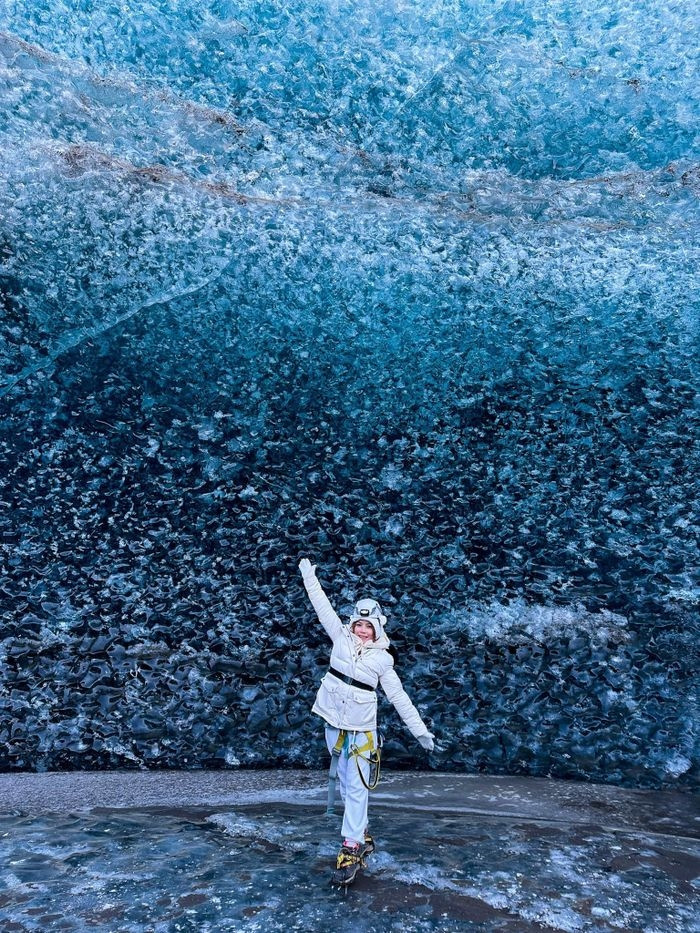
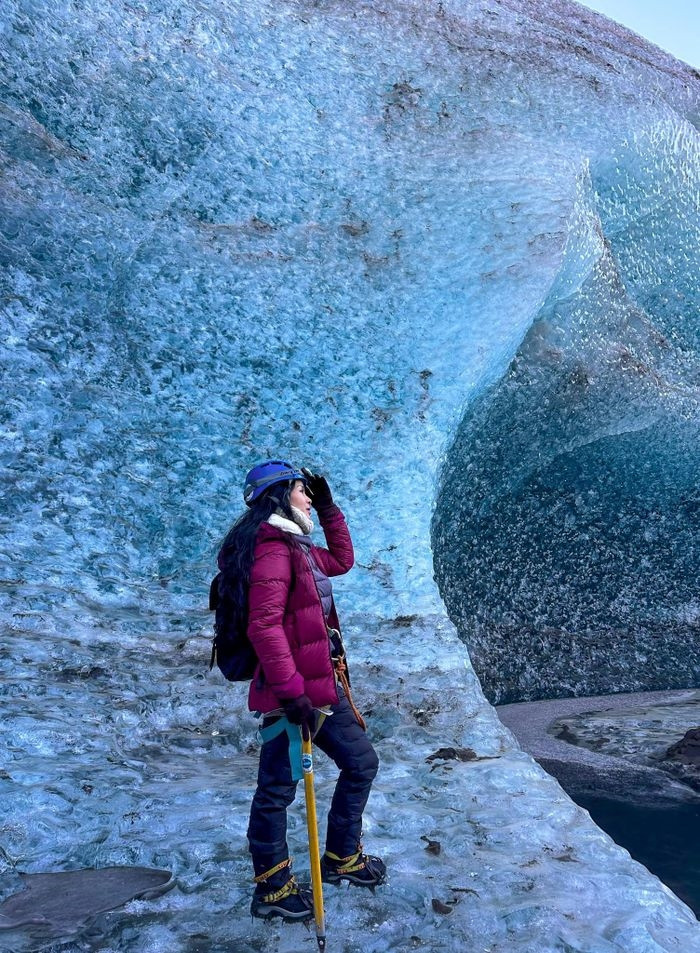
Visiting ice caves in Iceland is an unforgettable experience and cave tours are usually held from October to March. Some other famous ice cave destinations that tourists should visit in Iceland are Langjökull, Mýrdalsjökull.
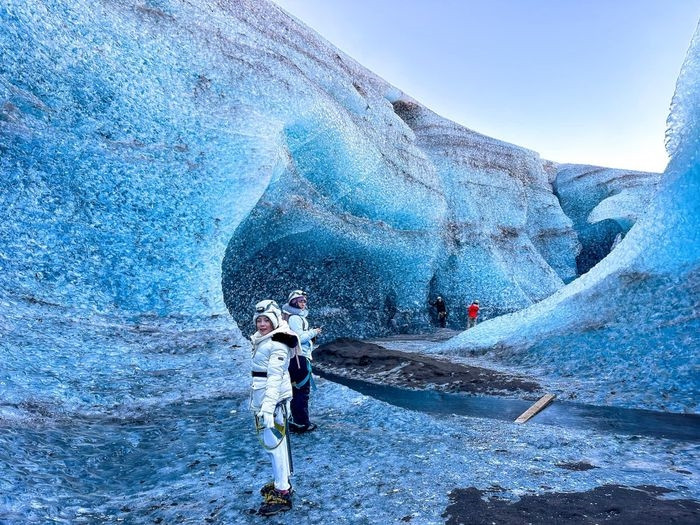
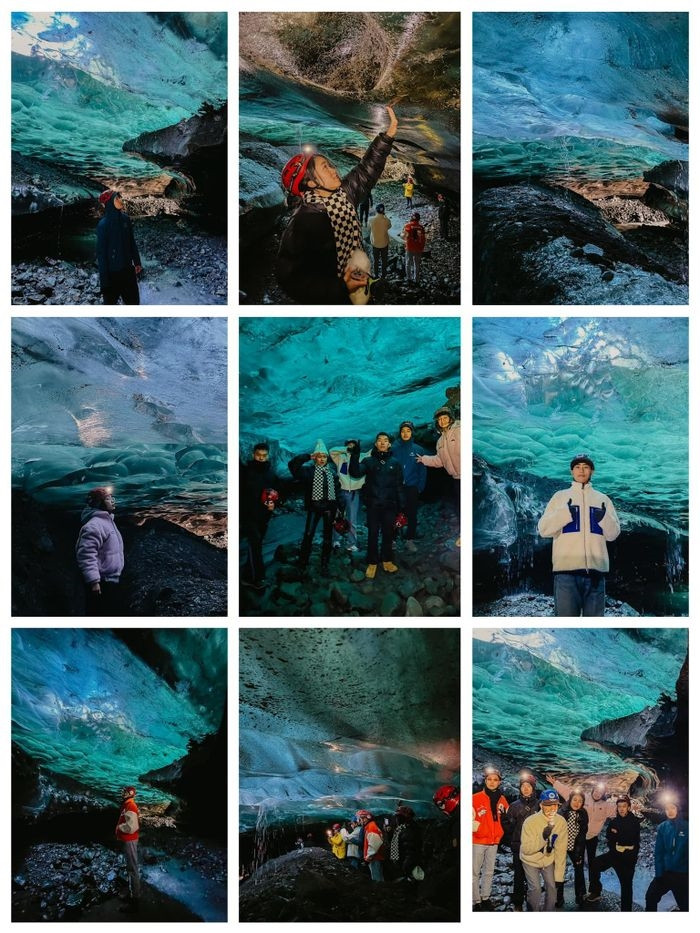
According to Vietnamnet